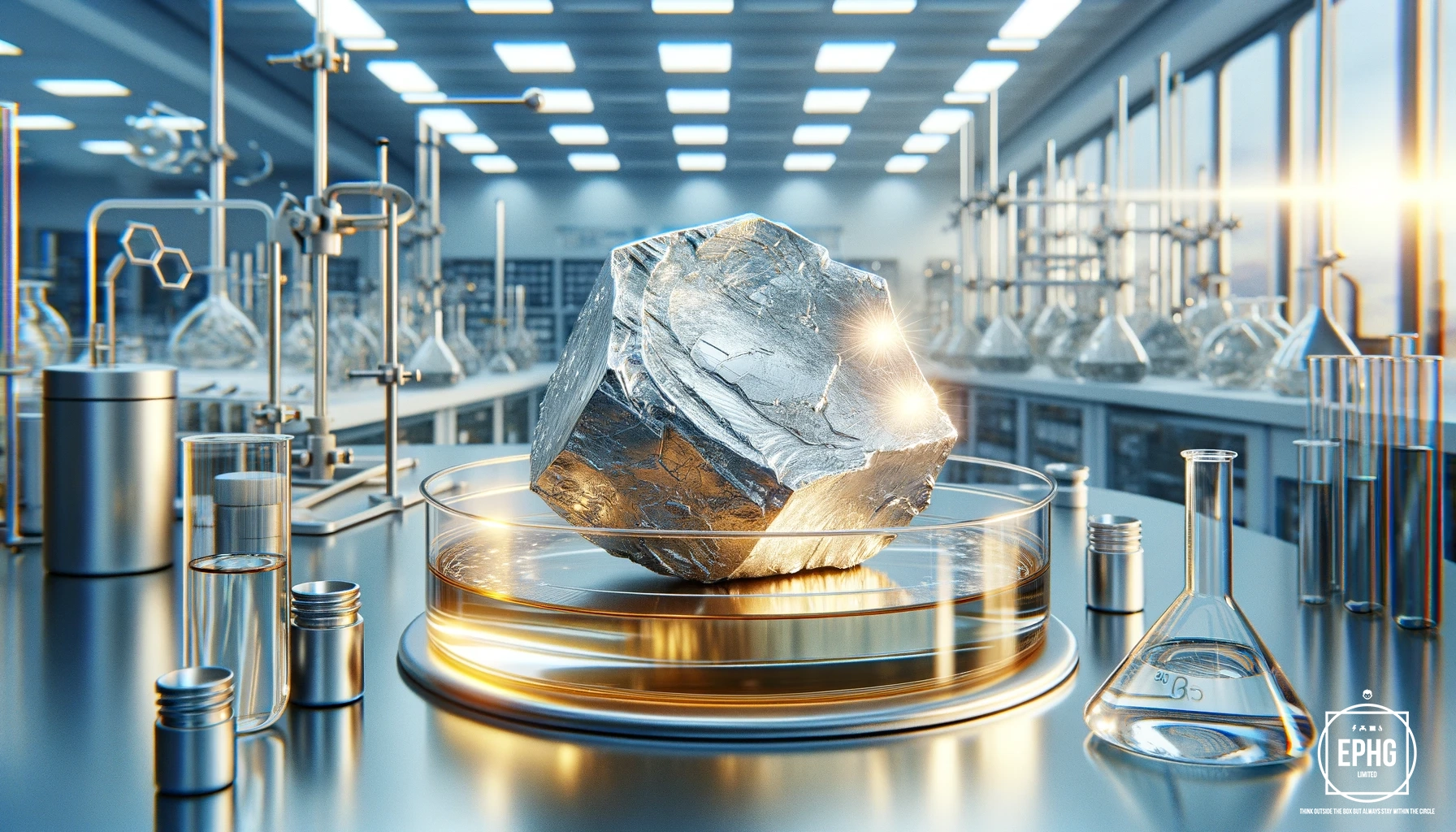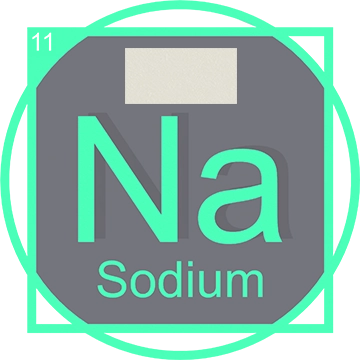Potassium: The Essential Element Shaping Science and Technology
The Discovery of Potassium
In 1807, Sir Humphry Davy, an English chemist and inventor, made a monumental breakthrough in the field of chemistry by isolating potassium for the first time. His method involved the use of electrolysis on potash (potassium carbonate), a technique he conducted at the prestigious Royal Institution in London. This groundbreaking experiment not only expanded the boundaries of chemistry but also set the stage for modern electrochemical methods that continue to be essential in scientific research today.

Davy's isolation of potassium was not merely a scientific achievement; it represented a pivotal moment in the history of science, influencing countless future innovations. The discovery underscored the potential of electrolysis in element isolation and paved the way for Davy's later work, including the isolation of other alkali metals such as sodium. His contributions have left a lasting legacy, illustrating the profound impact of pioneering research on both academic and practical applications in chemistry and beyond.
Potassium in the Periodic Table
Found in group 1 of the Periodic Table, potassium is a member of the alkali metals. It is distinguished by its single electron in the outer shell, characteristic of its group, which makes it highly reactive and an excellent conductor of electricity. With an atomic number of 19, potassium's properties are not only intriguing but also highly useful in various scientific and industrial applications.
About Pure Potassium

Pure potassium is a soft, silvery-white metal that is one of the most reactive elements on the periodic table. At room temperature, it is so reactive with oxygen and water vapor in the air that it must be stored under oil to prevent it from oxidizing or igniting. When cut, the fresh surface of potassium is shiny and silvery, but it quickly tarnishes due to oxidation. Pure potassium is known for its dramatic reaction with water, where it rapidly generates heat that ignites the liberated hydrogen. This metal plays a crucial role in many biological processes, especially in the function of nerves and muscles, due to its ability to conduct electricity when dissolved in water.
Scientific Significance of Potassium
Biological Importance of Potassium

Potassium is vital for biological systems, particularly in maintaining cellular function and fluid balance. It helps to regulate heart rate and blood pressure, playing an indispensable role in human health. This element is crucial in the transmission of electrical signals in the nervous system, affecting everything from muscle contractions to heart rhythms.
Applications in Technology for Potassium
Potassium compounds, such as potassium nitrate (saltpeter), are extensively used in the agricultural industry as fertilizers. Moreover, potassium has significant roles in the manufacturing of glass and soap. In technology, potassium ions are used in battery technologies and in the synthesis of potassium superoxide in breathing apparatus for submarines and spacecraft, showcasing its versatility and critical importance in modern innovations.
Production and Mining of Potassium

Potassium is predominantly sourced from the mining of potash, a common term for various mined and manufactured salts that contain potassium in water-soluble form. The primary method for producing potassium is through the extraction of potash ores from underground mines or by evaporating saline lake brines. The most common potash ores are sylvinite, langbeinite, and carnallite.
Major potash mines include:
- The Belaruskali mines in Belarus
- The Saskatchewan Potash mines in Canada
- The Uralkali mines in Russia
Alongside potash, these mines often yield other vital minerals such as magnesium and sodium chlorides.
Modern Uses of Potassium

Today, potassium is integral to many sectors. It is essential in agriculture as a major component of fertilizers to support plant growth and enhance disease resistance. In industry, potassium is used in soaps and detergents for its ability to regulate the hardness of water. Additionally, potassium forms part of many chemical manufacturing processes, including the production of glass.
In medicine, potassium salts are used to treat and manage conditions such as hypokalemia and are vital in numerous pharmaceutical formulations. The element also plays a significant role in energy storage solutions, with potassium-ion batteries emerging as a potential alternative to traditional lithium-ion batteries.
The Future of Potassium in Science

Looking ahead, the role of potassium in science and technology appears increasingly significant. As global demands for sustainable and efficient energy solutions rise, potassium-based batteries are gaining attention for their cost-effectiveness and lower environmental impact compared to other metals. Research is also exploring the use of potassium in new medical therapies and advanced agricultural techniques that could revolutionize how we manage health and food production. The potential of potassium to contribute to next-generation materials and green technologies continues to open new avenues for scientific exploration and innovation.












